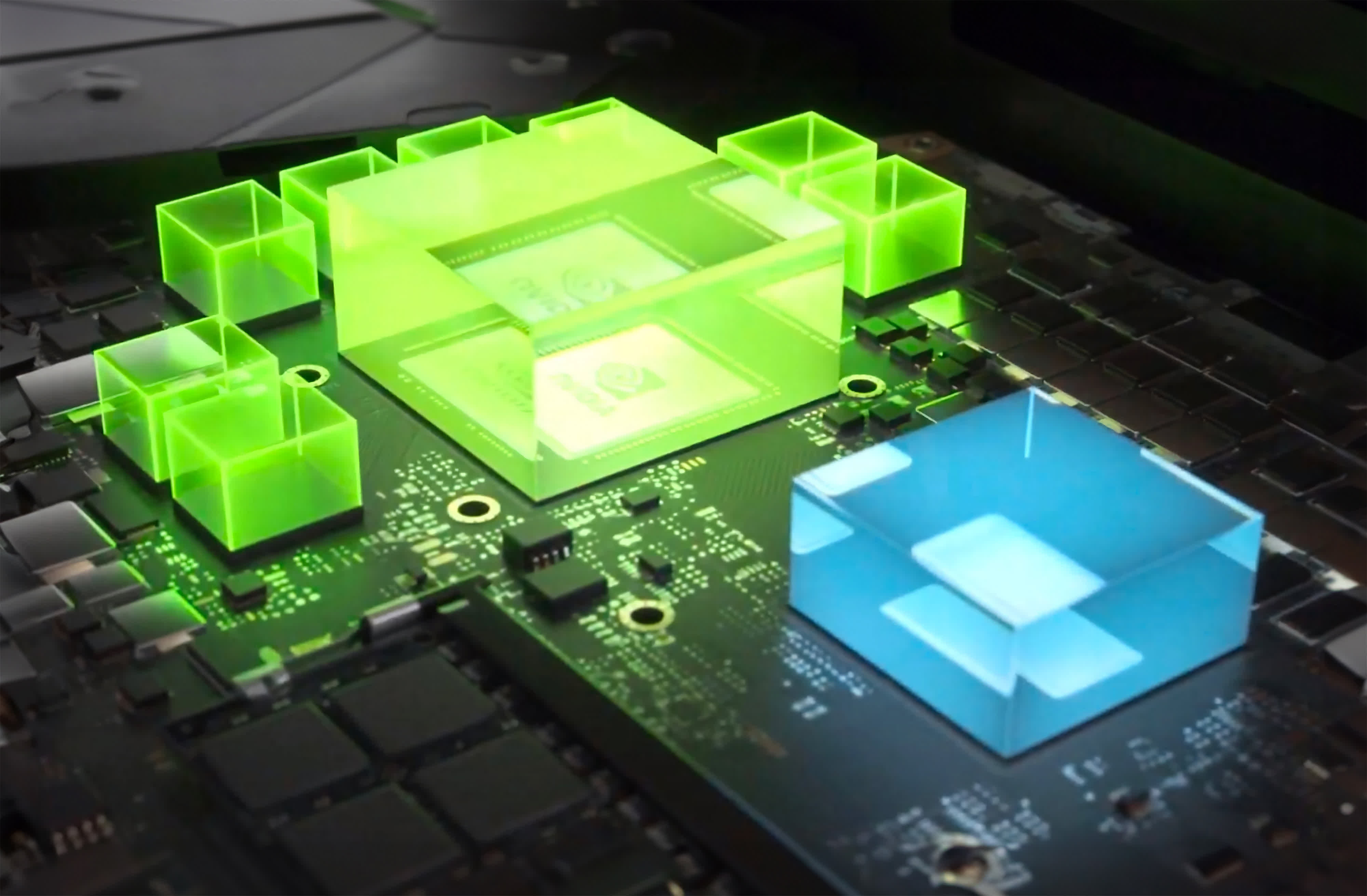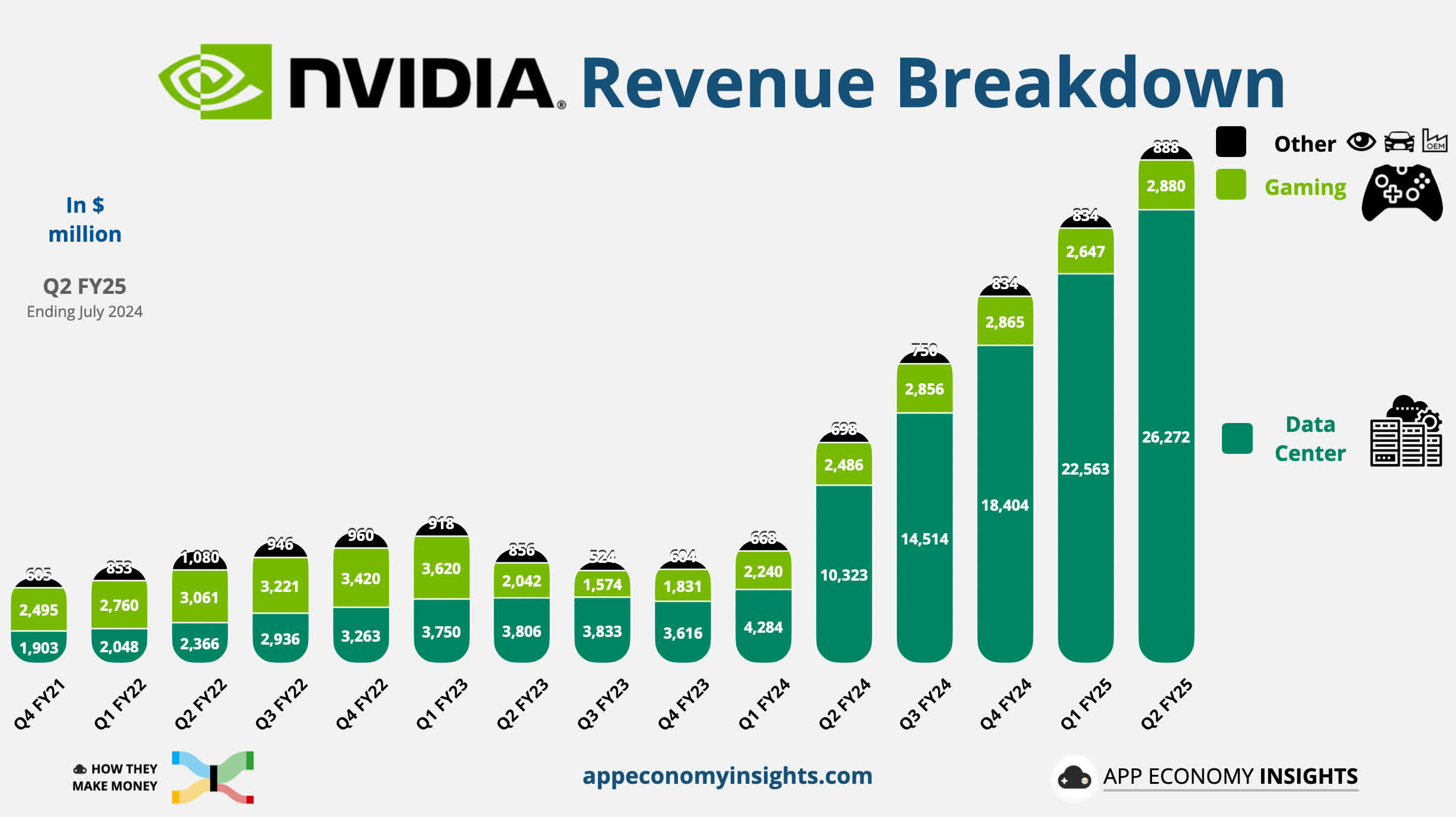In brief: The immense demand for Nvidia's AI data center GPUs has sent the company into the stratosphere over the last few years, putting it in seesaw competition with Apple for the title of the most valuable firm on Earth. As Nvidia emerges from the production problems that delayed the Blackwell GPU launch, new reports indicate that its successor is significantly ahead of schedule.
According to the Taiwan Economic Daily, Nvidia's Rubin series AI graphics chips will be available in the second half of 2025, half a year earlier than previously reported. Although details regarding performance improvements are slim, the new GPUs will feature more advanced memory and a newer semiconductor process node than Blackwell, which is set to launch soon.
Prior roadmaps from Nvidia pegged the new architecture, named after American astronomer Vera Rubin, for release sometime in 2026. However, the chipmaker, manufacturing partner TSMC, and other supply chain participants have accelerated the lineup's development and implementation.

A Morgan Stanley Semiconductor analyst told the Economic Daily that Rubin represents Nvidia's shift toward TSMC's 3nm N3 process node, which could significantly improve performance. The new chips will also upgrade to HBM4 memory, substantially boosting memory bandwidth.
If the reports prove accurate, this could feel like a reversal of the delays that pushed Blackwell's implementation into the first quarter of 2025. The GB200 series, now entering mass production, encountered late-stage design flaws and currently suffers from overheating issues. Despite the setbacks, Blackwell chips are sold out through late 2025, as tech giants like Microsoft, Google, and Meta have spent billions to acquire them.
The delays occurred partly due to challenges with TSMC's CoWoS-L packaging technology. The manufacturer is expected to significantly expand CoWoS production with Rubin, though its possible effects on the Blackwell successor's rollout remain unclear.
The impact on GB300, previously called Blackwell Ultra, is another mystery. The upgraded lineup is set for a late 2025 debut, coinciding with Rubin's new release window. Prior reports indicate that Nvidia is considering moving to a socketed design for GB300, which might compromise performance in exchange for streamlining the production and upgrade pipelines. However, the lineup's introduction of FP4 is expected to boost demand considerably.
Meanwhile, competitors like AMD and Intel are preparing to answer GB300 and Rubin with upcoming architectures like MI300 and Falcon Shores, also based on N3.

